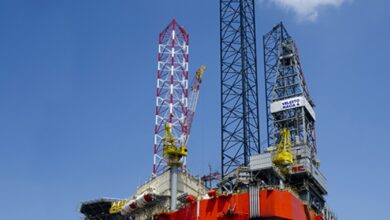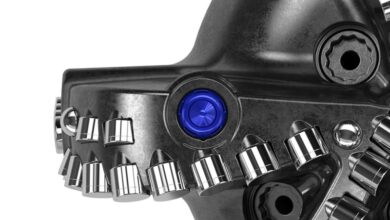MCF Energy begins drilling exploration well onshore Austria
MCF Energy spudded the Welchau-1 gas exploration well using the RED Drilling & Services GmbH (RED) E200 drill rig in the ADX-AT-II exploration license in Upper Austria.
The well drilled a 17 1/2-in. hole at a depth of 125 m where a 13 3/8-in. casing was run in the hole and cemented back to the surface. This completes the first planned protection string of casing outlined in the approved drilling program.




